Site telling how Wales roofed world shuts for year
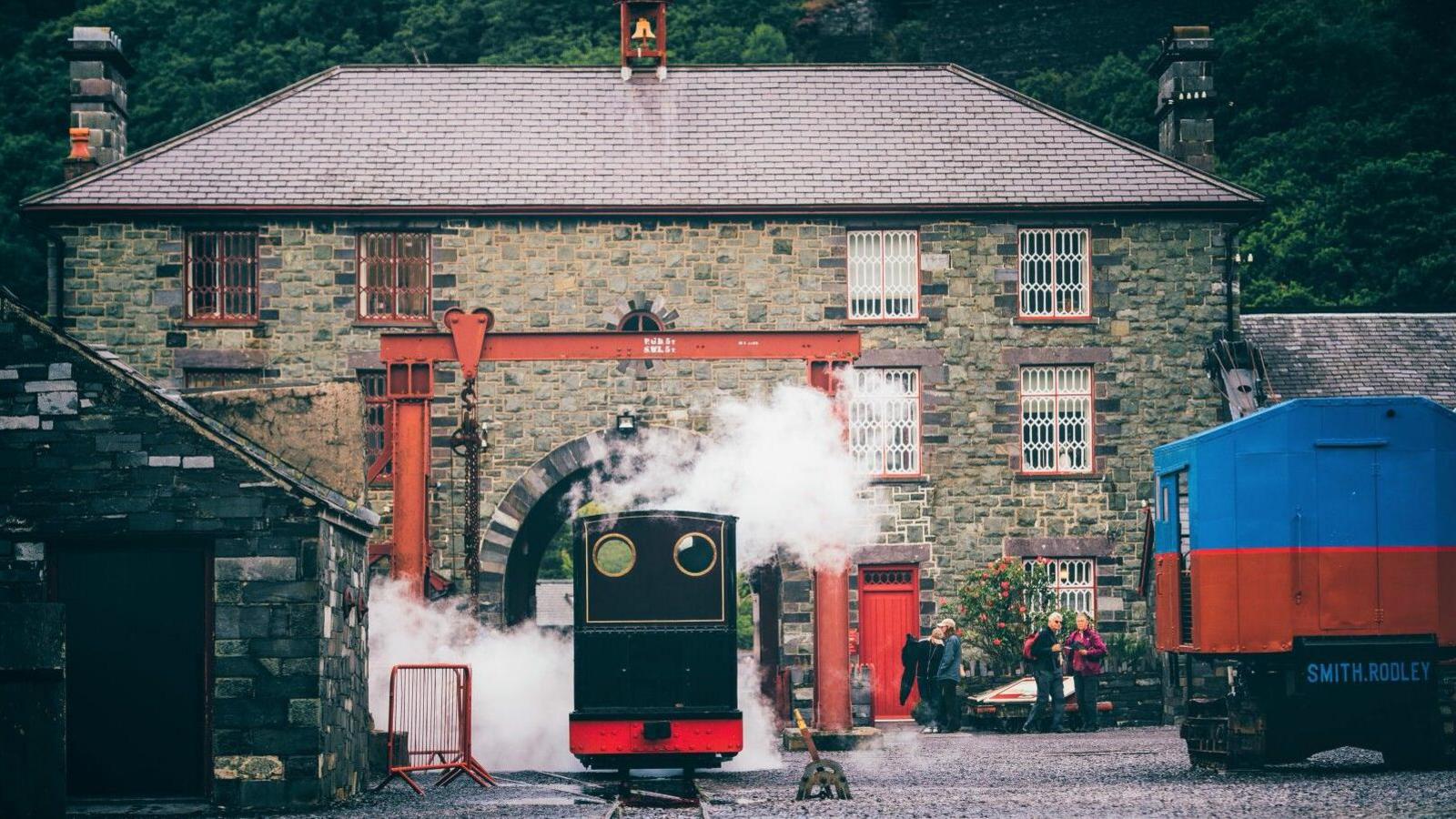
The National Slate Museum opened in 1972 and tells the story of the Welsh slate industry which supplied roofing tiles around the world
- Published
The museum telling the story of how Wales supplied roof tiles to the world is to close for more than a year.
The National Slate Museum tells the tale of an industry which once employed thousands of people.
The site, in Llanberis, Gwynedd, the only one of Wales' national museums in the north is having a £21m redevelopment, and will not reopen until 2026.
While the museum is closed staff have said they will be taking the story of the slate industry to schools, tourist attractions and community events in the area.
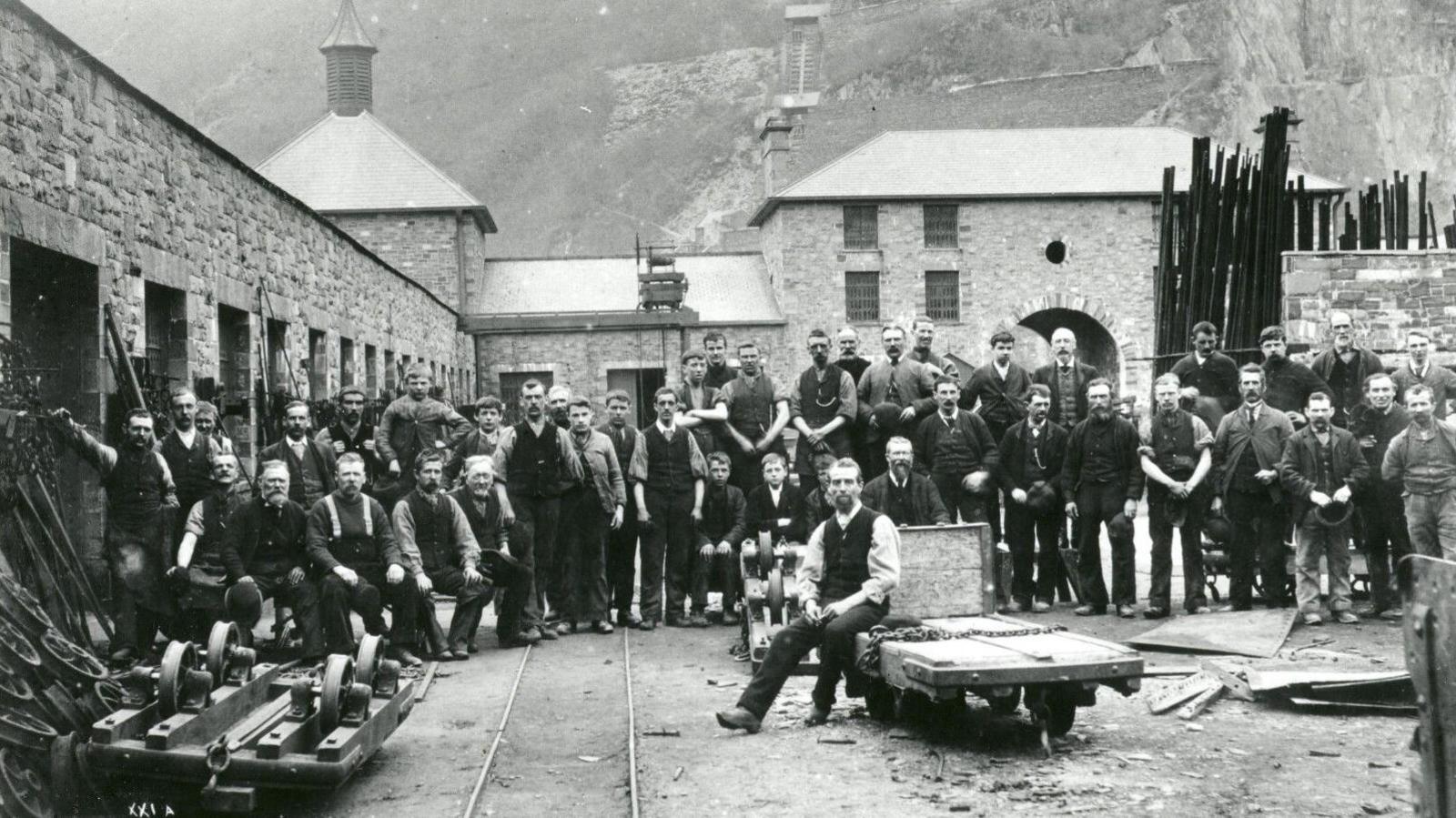
The National Slate Museum buildings used to be a workshop for the slate quarries
"The project will safeguard our museum and globally important collection so that future generations and communities can experience and enjoy the incredible story of slate," said chief executive Jane Richardson.
"This redevelopment will transform how we tell the story of slate, making our visitor experience even more exciting."
The work involves repairs to the building housing the museum, as well as better access for people with disabilities and a new learning centre, shop and cafe.
It opened in 1972 and is in a Grade I listed complex of Victorian buildings which used to be the workshops for the nearby Dinorwig slate quarry.
By the late 19th Century, the area produced about a third of the world output of roofing slates and architectural slabs.
Welsh slate was used on a number of buildings and palaces across the globe, including Westminster Hall in London, the Royal Exhibition Building in Melbourne and Copenhagen City Hall in Denmark.
More than 8,000 items from the museum are being put into temporary storage near Bangor. Staff have been working for weeks to record everything before it is moved so the builders can begin work.
The slate landscapes of Wales were awarded world heritage status by Unesco (United Nations Educational, Scientific and Cultural Organization) in 2021, joining attractions like the Taj Mahal, Machu Picchu and the pyramids of Egypt.
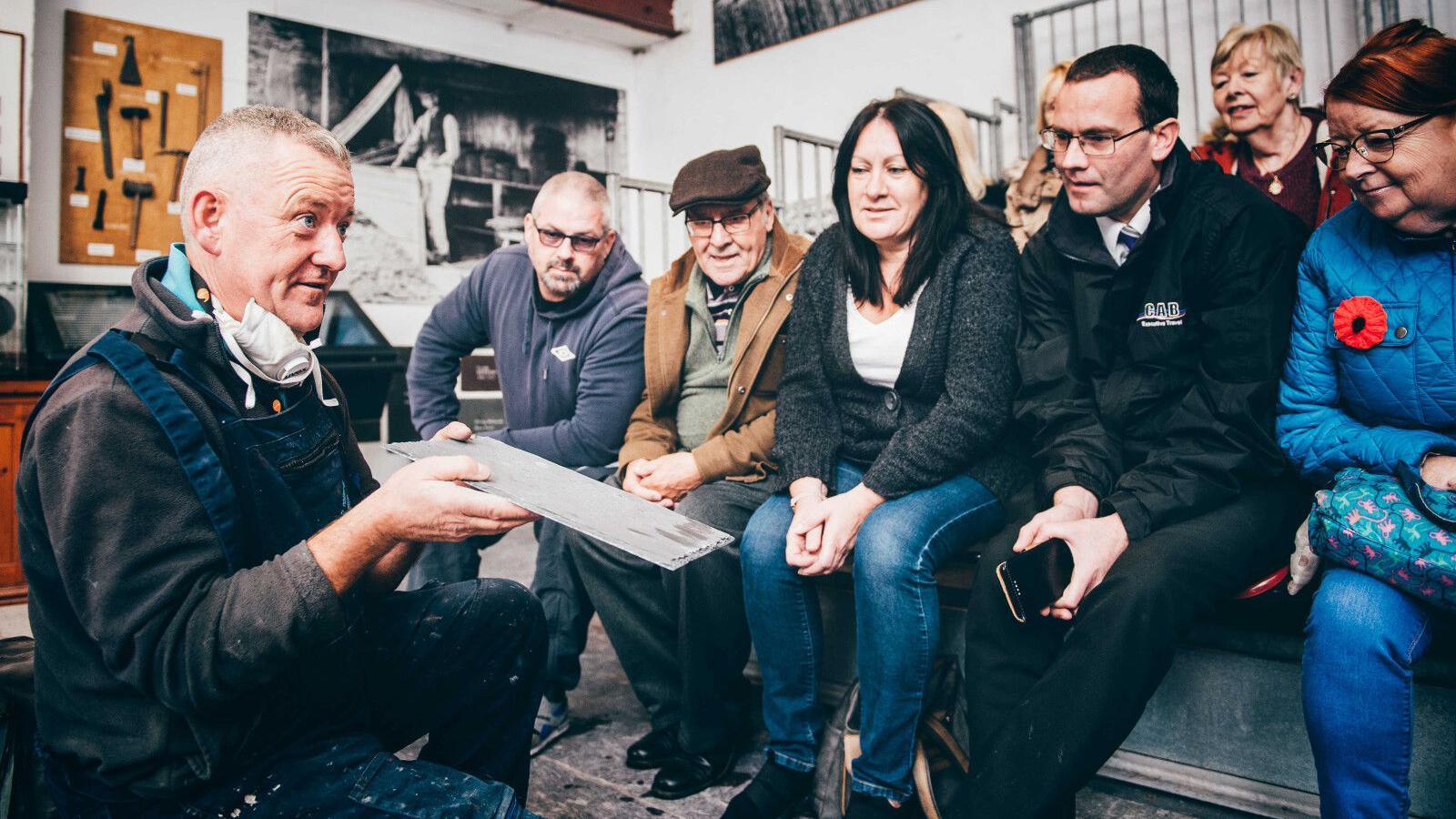
Traditional crafts such as slate splitting are demonstrated at the museum
Managers hope that the refurbishment work will mean the museum can become the main hub for visitors and local people wanting to find out more about the area's slate heritage.
The Llanberis Lake Railway alongside the museum is also due to close in 2025. High voltage cables connecting a nearby power station run underneath its trackbed and need to be replaced.
The work will mean the village of Llanberis loses two of its tourist attractions for several months, which has worried some businesses in the area who rely on the visitor trade.
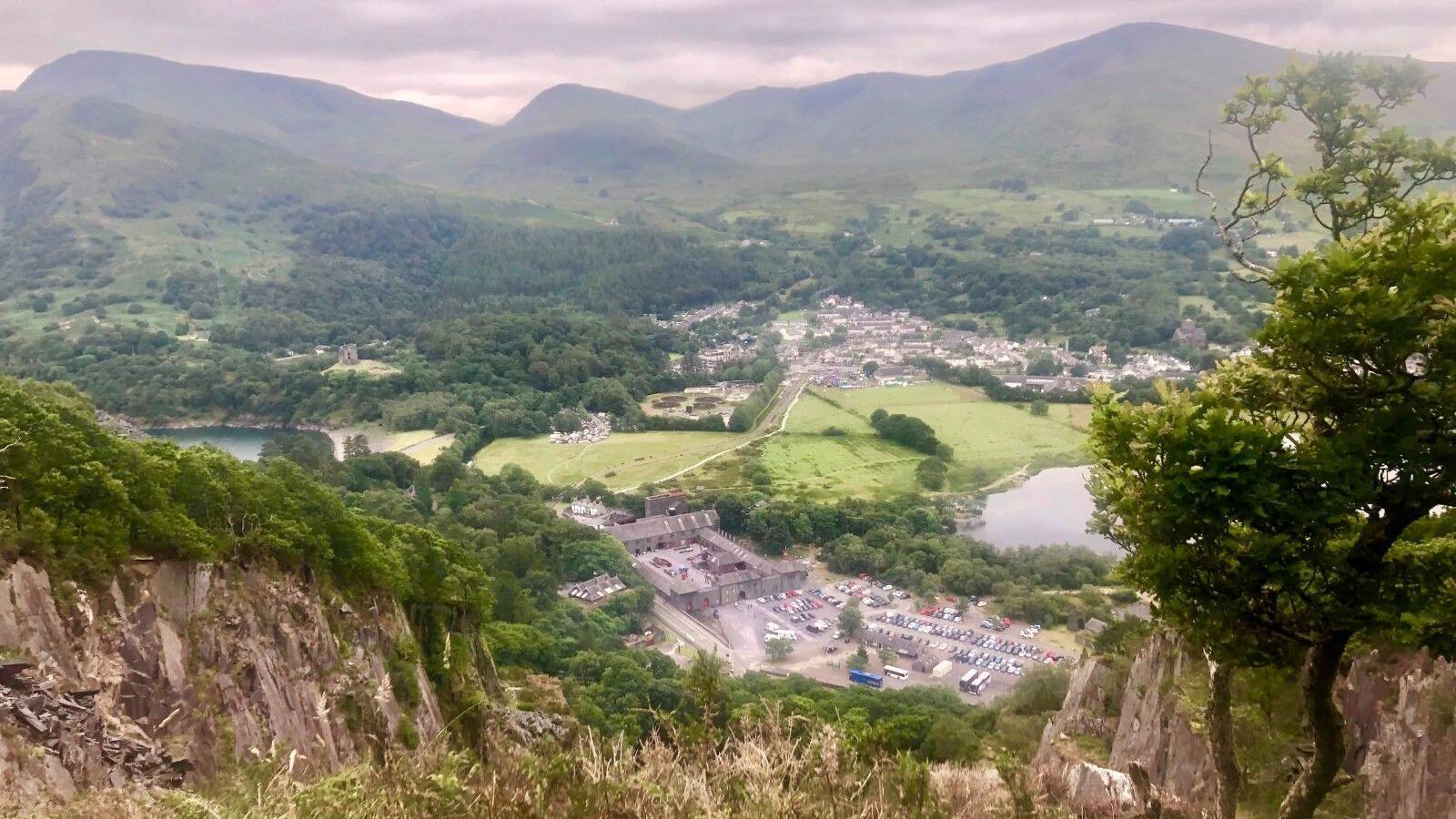
The National Slate Museum is one of the area's biggest tourist attractions
Museum head Elen Roberts said a period of closure was unavoidable, but the museum's work would continue outside its walls.
"In 2025, we'll be taking the museum on the road and working with our partners at nearby attractions and community events," she said.
"We're very excited about doing things a little differently and going beyond the walls of the museum, learning from and engaging with visitors and local communities in retelling the story of slate."
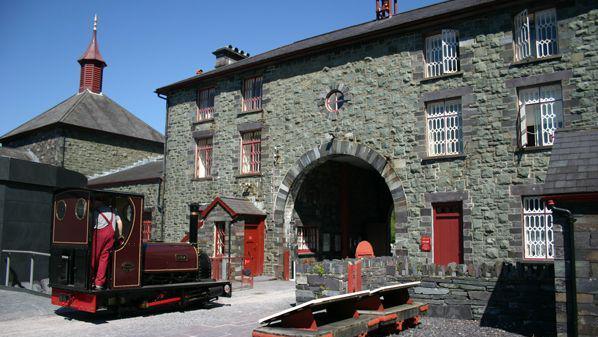
"Developing this hub will provide the slate landscape with the world class visitor experience that it deserves," says Nia Jeffreys from the local council
Nia Jeffreys from Cyngor Gwynedd said: "Developing this hub will provide the slate landscape with the world class visitor experience that it deserves - celebrating our rich heritage, culture, language and communities.
"It will tell the story of our role in roofing the world, the endeavours and innovation of our people and the toil this caused to our communities and landscape.
"The hub will also ensure that those who want to learn and see more of the World Heritage Site are signposted and directed to the other unique and monumental areas of the slate landscape so that they can enjoy and appreciate the rich heritage and culture of the area."
Money to pay for the work has come from Cyngor Gwynedd, the Welsh and UK governments and the National Lottery Heritage Fund.
Related topics
- Published28 July 2021
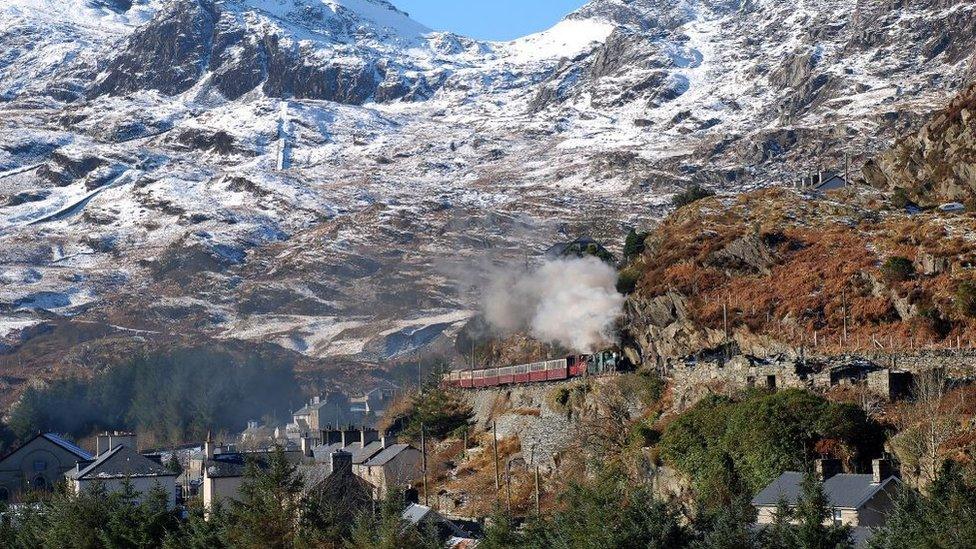
- Published18 January 2022

- Published14 April 2024
